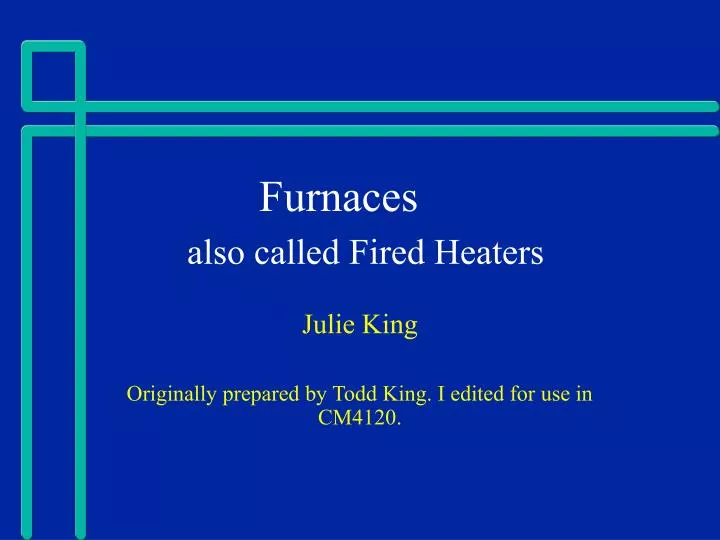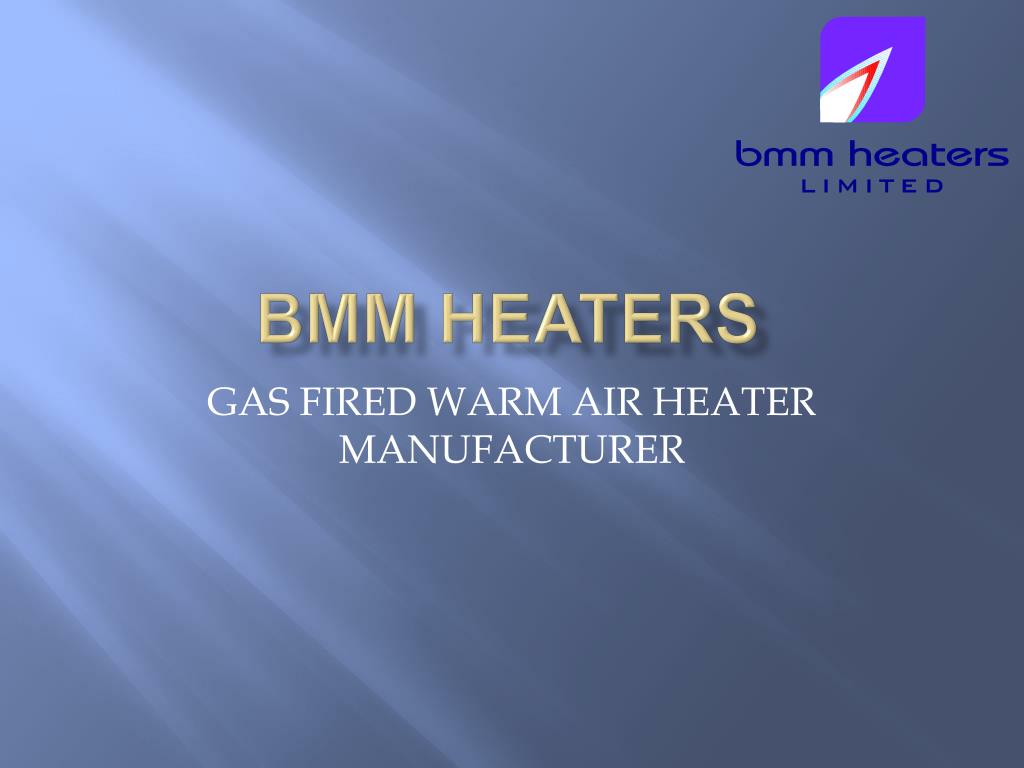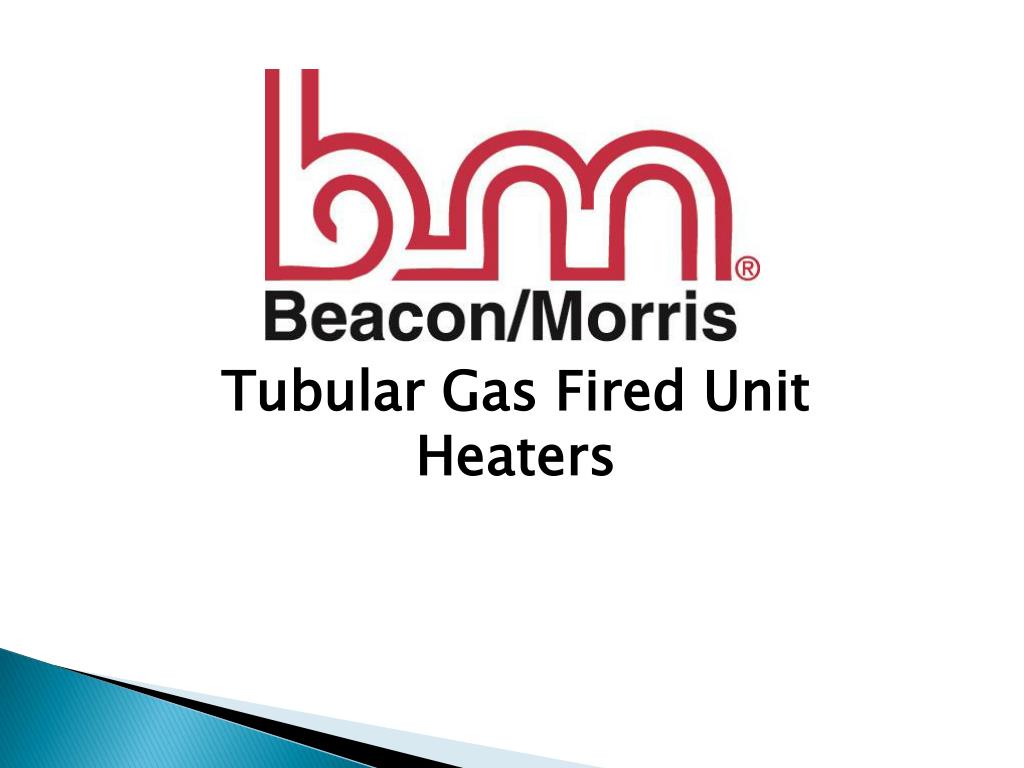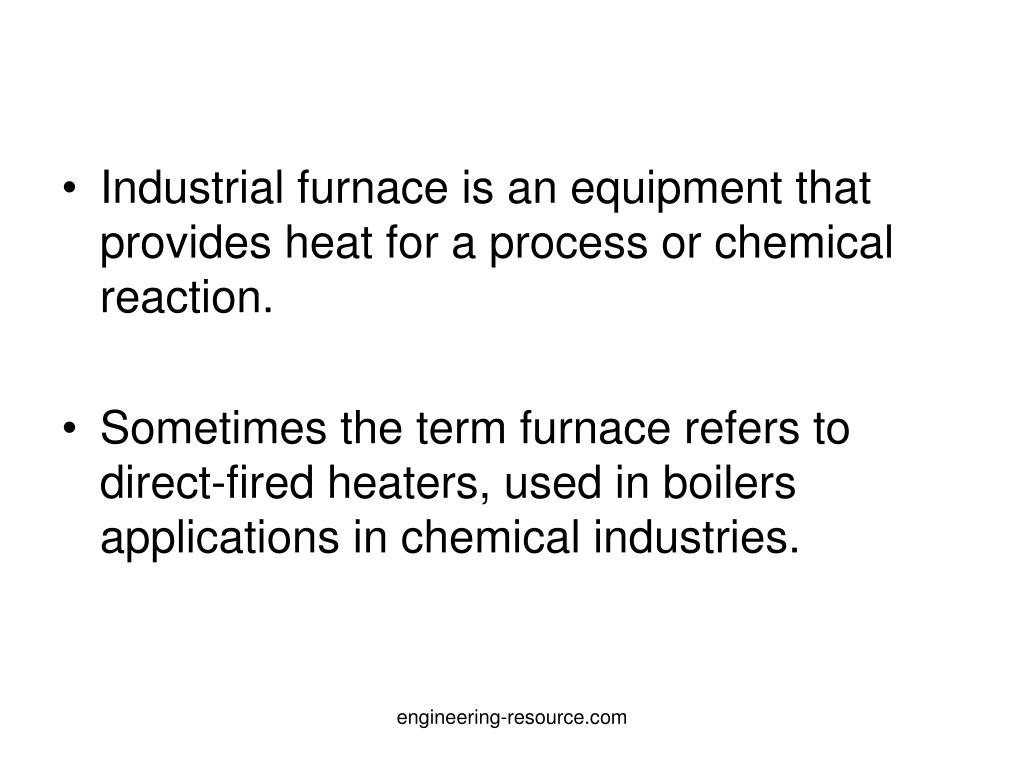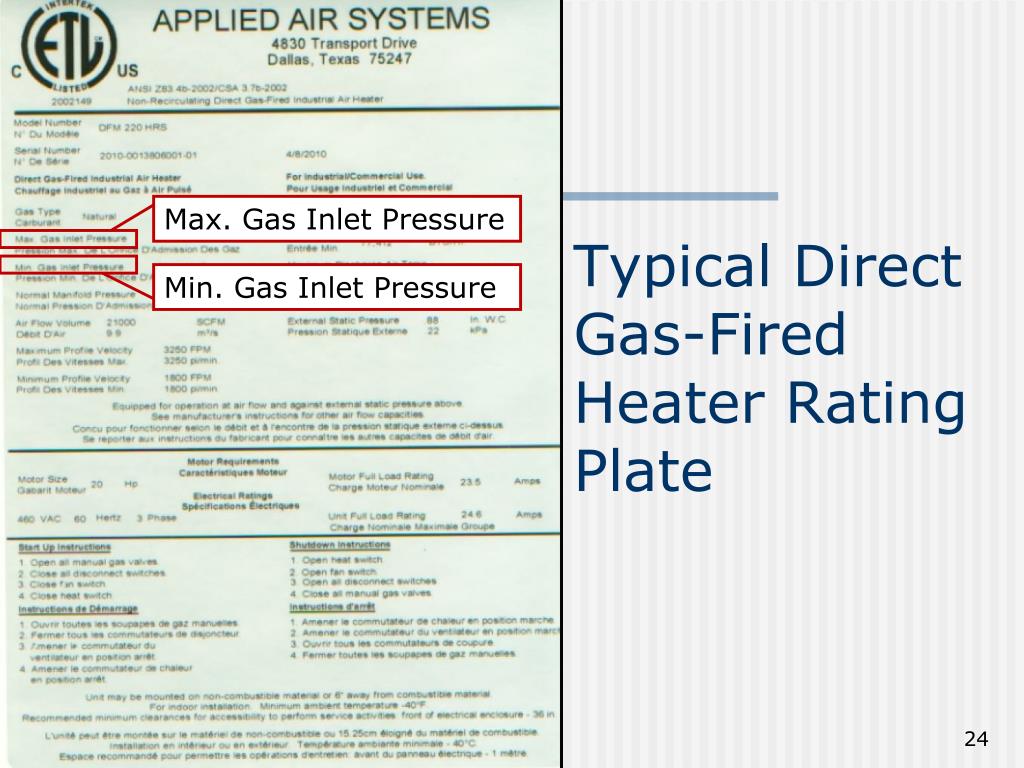Direct Fired Heater Ppt

Direct fired heaters applications.
Direct fired heater ppt. Since direct fired heaters have an. A direct fired heater or an industrial furnace uses the hot gases of combustion to transfer the heat to the liquids flowing in the heat exchange coils. Beginners guide to fired heaters 6 shield section shock section tubes that shield the remaining convection section tubes from direct radiation extended surface heat transfer surface in the form of fins or studs attached to the heat absorbing surface tube support tube sheet device used to support tubes header return bend cast or wrought fitting shaped in a 180 bend and used to. Direct fired heaters are both more efficient and less expensive than indirect fired heaters.
Introduction of fired heaters 1. Direct fired heaters can either be used in radiant or convection heat exchanges and adopt different configurations according to their applications. Depending on the use these are also called furnaces or process heaters. A fired heater is a direct fired heat exchanger that uses the hot gases of combustion to raise the temperature of a feed flowing through coils of tubes aligned throughout the heater.
In the firebox we get heat transferred initially. Fired heaters are one of the most important equipment in any refinery or petrochemical plant. The types of configuration vary according to. Generally direct fired heaters are used on construction sites outdoor applications or warehouses.
A direct fired heater is a style of heater in which a burner provides hot gasses that transfer their heat energy to a process liquid or gas flowing directly through coils installed inside the heater vessel. Adds moisture and carbon monoxide into the air. However there are some cases where an indirect fired heater is the better choice. Most heaters are up fired except for special types such as ethylene crackers and reformers.
Some heaters simply deliver the feed at a. We could consider direct fired heaters basically as custom designed equipment given that the heat is directly transmitted to the product of the process and any change in this characteristic could render the equipment ineffective for the new conditions of the process or even destroy the product or equipment due to unsuitability. Almost every unit in a refinery needs a fired heater. Direct fired heaters can utilize radiant and or convection heat transfer sections and can be configured in many different ways depending.
Fired heaters petroskill course hector nguema ondo 2. Direct fired heaters cannot be used in a tightly sealed structure unless windows and doors can be opened for air exchange. Depending on the heater layout burners may be installed up fired side fired end fired and down fired. Having a thorough understanding of all of the differences between these two heater types will ensure you choose the optimal solution for each project.
